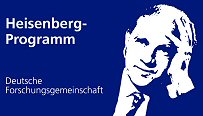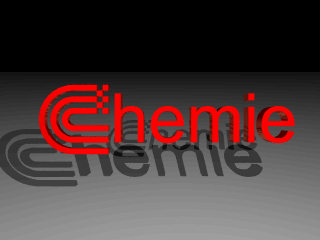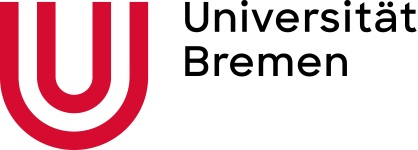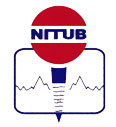Sustainable Energy: The Contribution of Photocatalysis and Photonics.
Principles, Properties and Applications
summer term 2017
Monday till Friday 18.9. - 29.9.17 8:15 to 9:45 in room
NW2 C0300 (25th and 26th in C0290)
|
|
Prof. Dr. Cecilia B. Mendive
Laboratory of Photonic Photocatalysis
Department of Chemistry
Faculty of Exact and Natural Sciences
National University of Mar del Plata
cbmendive@mdp.edu.ar
-Visiting professor at Bremen Universitaet-
|
|
|
Summary
Due to limited energy resources of the planet, maximizing the
potential use of solar light turns into a pressing need to meet
the increasing demand. Thus, the synthesis and preparation of
visible light photocatalysts is an undoubtedly interesting
challenge not only from the fundamental point of view, but
also a technological issue. Of particular importance is the
case of nanoparticulate TiO2, which photocatalytic activity
finds multiple applications, among others: air and water
purification for environmental remediation, disinfection,
technological solutions as self-cleaning or anti-fogging surfaces,
and production of H2 by water splitting as an alternative clean
fuel. But, as the practical use of TiO2 is limited because its
absorption corresponds to a wavelength range within the UV
spectrum of light, different and diverse are the efforts focused
in modifying the system in order to make a more efficient use
of the solar light.
In this course, several techniques to extend its absorption
to the visible region, spanning chemical and structural modifications
will be revised: doping with foreign atoms, electronic coupling with
noble metals, preparations of composites, and a quite recently
developed technique that combines elements of photonics for an
effective use of “slow photons”.
An introduction to photonic crystals will cover basic definitions,
such as the fundamentals of forbidden bands for photons, the origin
of photonic band-gaps (PBG), and the description of the slow photons
present in the systems.
The practical work will therefore include the preparation and
characterization of such structures. The work in the lab will
focus on the critical points necessary to achieve a minimum
concentration of defects that hinder the photonic properties
of the crystals. Thus, additionally to the wet chemistry tools,
advanced instrumental characterization will be employed, to
finally test the photocatalytic activity of the prepared samples
in order to identify the effect of the slow photons. The photonic
efficiencies of the samples will be measured for the photocatalytic
degradation of a model compound. Reactor parameters and surface
chemistry mechanistic issues will be particularly considered.
|
|
|
Content
• General introduction and motivation
• Introduction to the band structure of semiconductors
• Conductors, insulators and semiconductors
• Semiconductors and currents
• Semiconductors and light
• The principle of photocatalysis
• Titanium dioxide and its multiple applications
• Band gap tuning, methods and mechanisms
• A case study: “The deaggregation mechanism”
• Monte Carlo simulations for uncertainties estimations
• Introduction to photonic crystals
• The Maxell Equations and the theta operator
• Comparisons with quantum mechanics
• Photonic crystals and semiconductors
• Photonic photocatalysis: Slow photons
|






